When our VE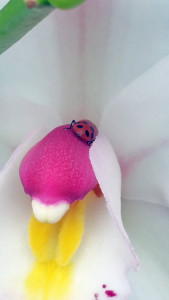 RY LARGE orchid bursts into bloom, we really feel like spring has finally arrived. Having the orchids in bloom, the lemons ripening on the trees and the citrus blossoms infusing the greenhouse with a divine aroma … these things are part of the magic of greenhouse growing. But sometimes we need good bugs to keep things running smoothly.
RY LARGE orchid bursts into bloom, we really feel like spring has finally arrived. Having the orchids in bloom, the lemons ripening on the trees and the citrus blossoms infusing the greenhouse with a divine aroma … these things are part of the magic of greenhouse growing. But sometimes we need good bugs to keep things running smoothly.
We love spending time in the greenhouse, especially on these warming spring days. Of course, it is also a perfect environment for undesirable bugs. The aphids have already shown up, but this year I got ahead of the curve and ordered ladybugs!
Ladybugs are fairly happy in the frig, snoozing away until they are needed. They arrived in the mail box on March 14, and I just tucked them in the frig with a light mist of water to keep them moisturized.
Good Bugs Buffet – Every evening as I close up shop and head home, I stroll through our greenhouse displays to check on how the plants are doing. Well, I’ll be h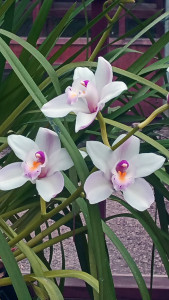 onest, I stroll through the greenhouses because it is a FANTASTIC way to end the work day. One of the perks of working here! But Monday night, as I was admiring the orchid coming into bloom in the Nantucket Greenhouse – HORRORS!! The aphids have already joined us! So I went to the frig and got out my little bag of bugs – and started spreading them throughout the greenhouses.
onest, I stroll through the greenhouses because it is a FANTASTIC way to end the work day. One of the perks of working here! But Monday night, as I was admiring the orchid coming into bloom in the Nantucket Greenhouse – HORRORS!! The aphids have already joined us! So I went to the frig and got out my little bag of bugs – and started spreading them throughout the greenhouses.
When I came into work the next morning – they ladybugs had already started their work. Today, 2 days later, there were only 2 aphids left on the orchid.
There are lots of ways to battle unwelcome guests in the greenhouse, but getting some beneficial bugs working for you is best solution for the environment and your plants. I found this site has a lot of information – and I love their “Bugs for Hire” page: Natures Control. They have great photos of the both the bad bugs and the beneficials. You can also check your local nursery to see what they have to offer in the way of beneficial bugs. Parasitic wasps and praying mantis are other popular solutions to pest problems.
So before you start spraying, see what you can do to promote nature’s own cycle of pest control!
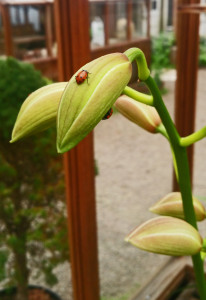





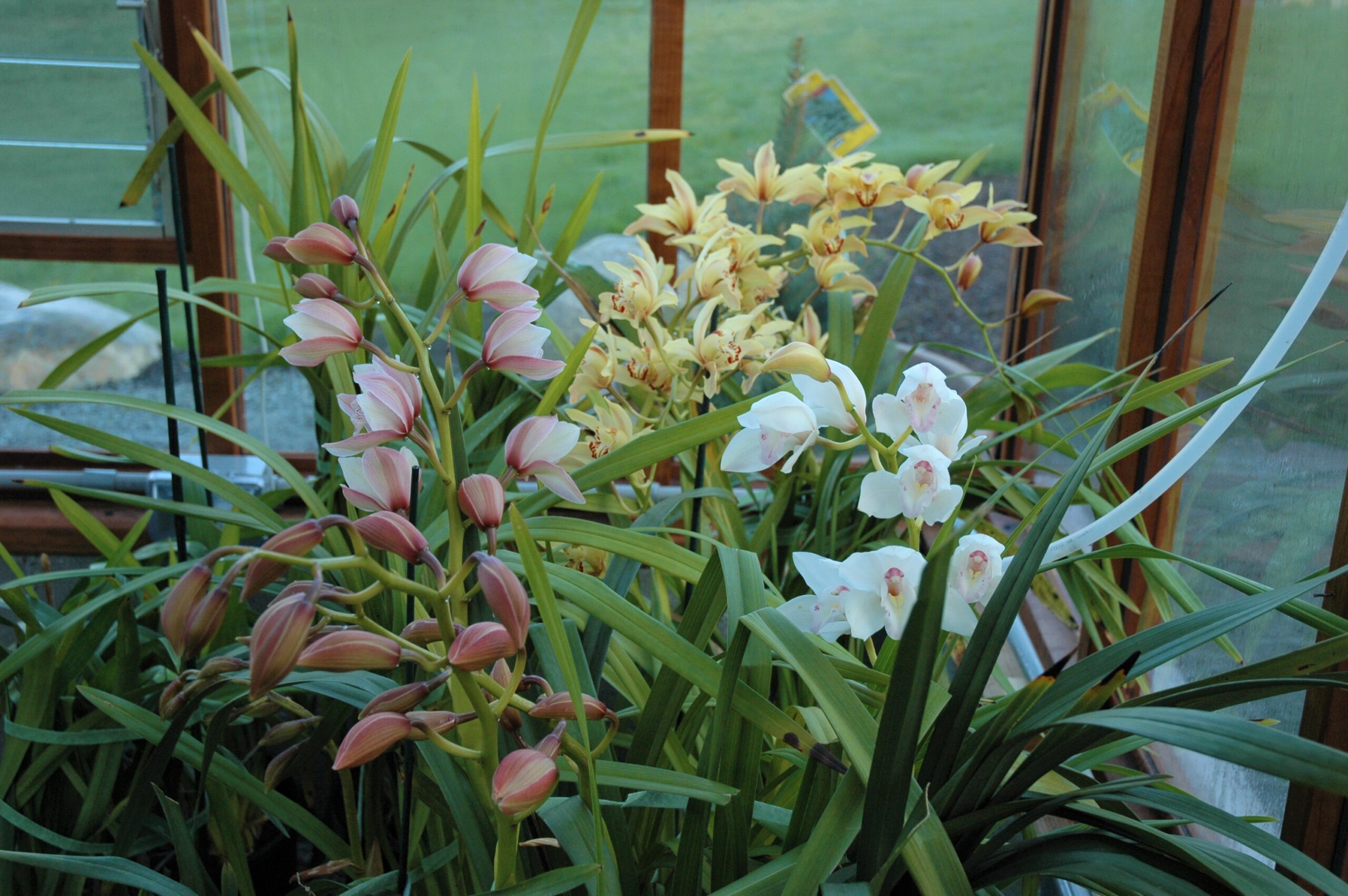

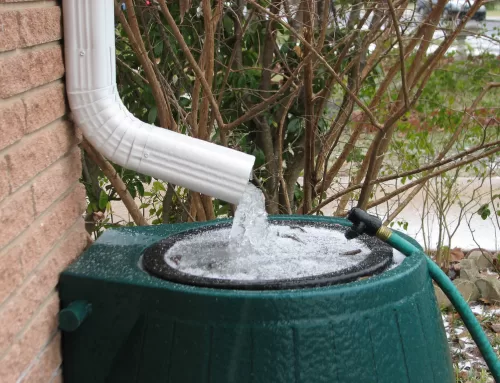


Leave A Comment